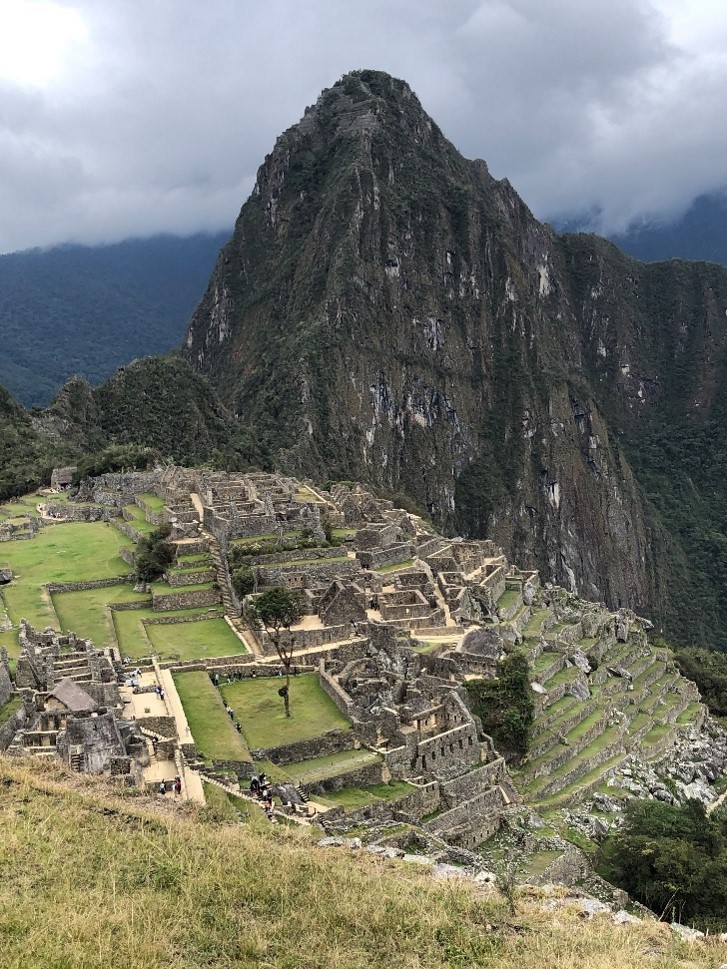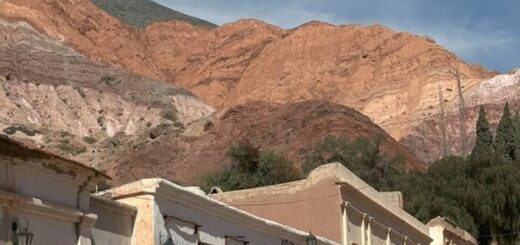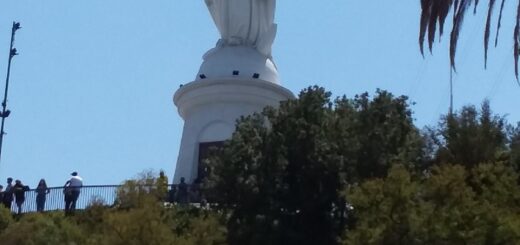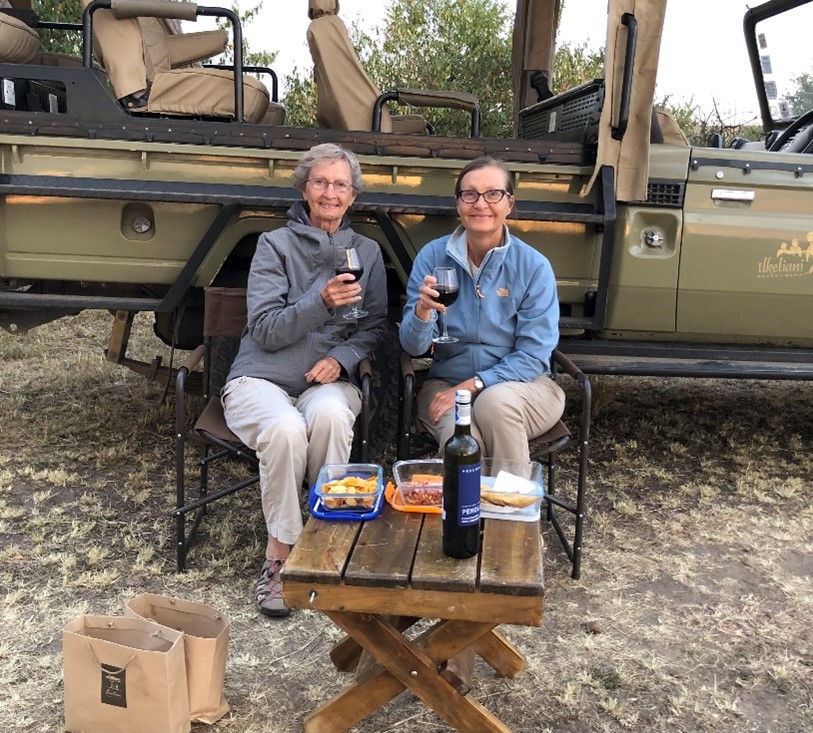Salta
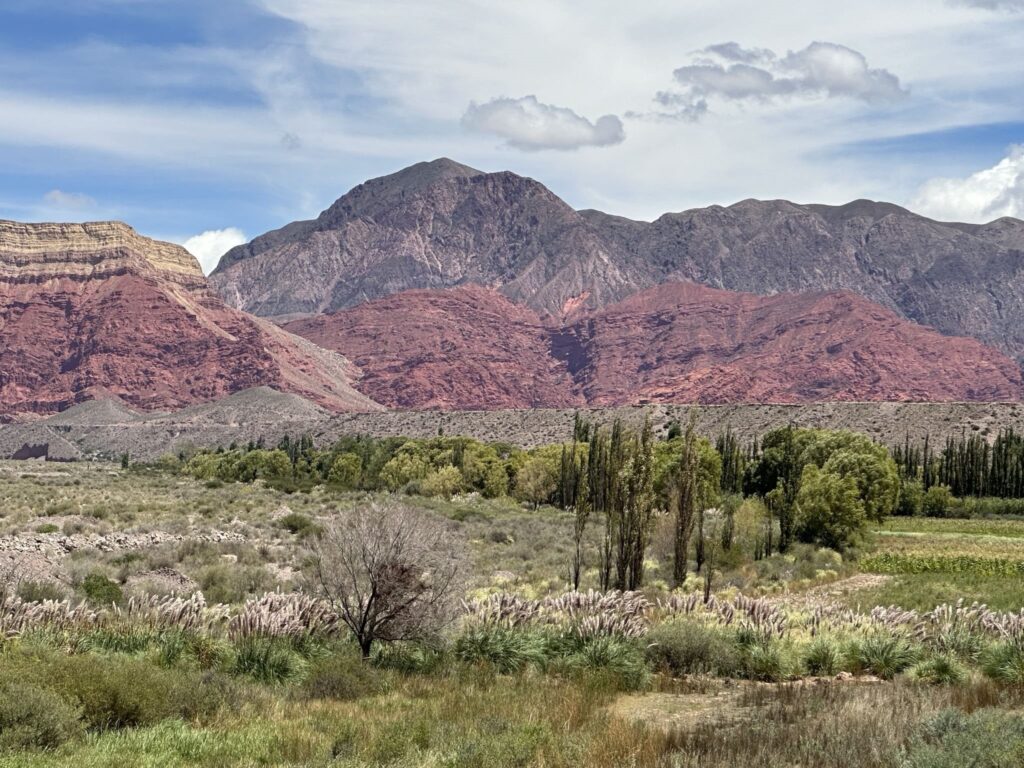
Travel Advice for Seniors: Salta
Our second stop in Argentina was Salta. Salta is central to many different activities and sights. One can go hiking, wine-tasting, see fantastic historical buildings and cities as well phenomenal natural resources.
Some of the sights are a full day’s tour and drive as we did with the Cafayate Vineyard Tour and Purmamarca and Humahuaca historical sites. Hindsight, it may have been better to do a loop and spend the night in both locations instead of the long drive back/forth. But to be honest, even the drives are worthwhile as you get to see so much of the lovely countryside outside of the cities and you get to ask your guide/driver as many questions as you can think of!
Originally, the Salta area was a community of shepherds and hunters, taken by the Incas in the fifteenth century. Salta was founded in 1582 by the Spanish conquistador Hernando de Lerma, to be an outpost between Lima, Peru and Buenos Aires. The area was strategic to the Argentine War of Independence and was where Spanish royal forces were defeated 1813.
As it exists today, Salta is a huge area of natural resources and stock raising, as well as archeological investigations and tourism. Interestingly, there is still an air of “can-do” and independence in this area as exemplified by several people that we met and their disdain for being told what to do be the folks far, far away (in Buenos Aires).
The main square in the city is Plaza 9 de Julio, the date of Argentine independence. It was a pleasant stroll from our hotel, and it is a nice place to spend an afternoon. Most of the sights in Salta are around the City’s main square. Salta is very much a walkable city, though some of the walkways are cobbled and without ramps.
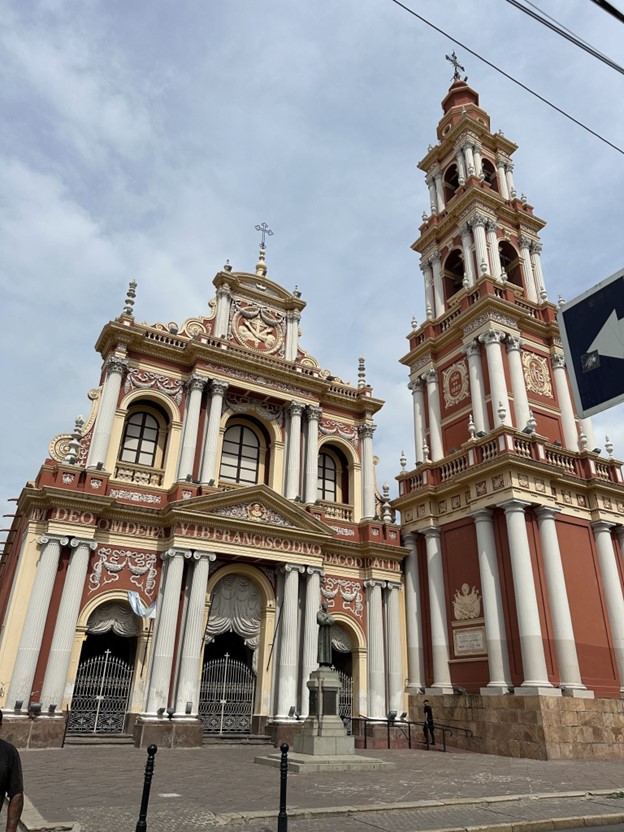
On one side of the square is the San Franciso complex, featuring a brightly painted cathedral, monastery and museum. Originally developed by the Franciscans, it is now an emblem of Salta. Definitely worth a look for the lovely interiors.
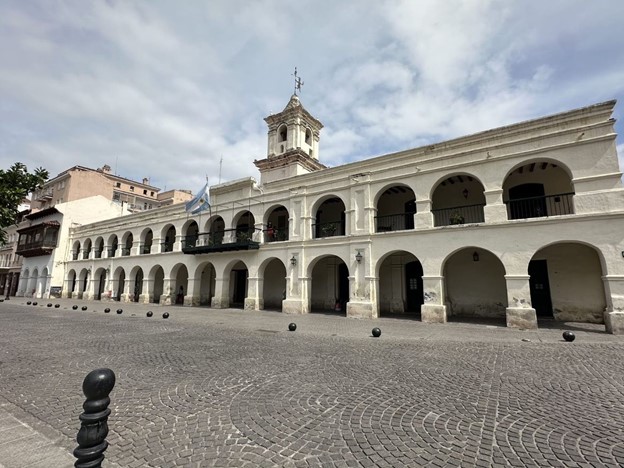
On the other side of the square is The Cabildo, originally a governmental building, now a museum highlighting Argentina’s colonial & revolutionary history. Also, if you time it right, there is a market that sets up under the arches of the Cabildo that has some interesting finds.
Also, along the main square is the museum of Incan artifacts. The Museum of High Altitude Artifacts or MAAM, whose main attraction is the Children of Llullaillaco, who were discovered at the top of the same named volcano. It is said they were sacrificed to appease the Incan gods and to watch over the Incan properties from the mountains. Accessible.
A few blocks away is the oldest building in Salta, the San Bernardo Convent. The convent is home to Carmelite nuns since the 16th-century and only they can enter, however you can see the chapel from the entry.
Finally, we were of the understanding that some of the best empanadas were in Salta and that the city was famous for them. We went to Doña Salta for empanadas on high recommendation, and they were delicious as advertised! It is a bit of a walk, but then after a plate full of empanadas, a walk isn’t a bad idea. Don’t forget to order a cerveza to go with them and may want to bring along your translator app.
Where we stayed: Legado Mitico Salta. Very nice hotel, breakfast included. Centrally located.Accessible entrance, common areas and rooms.
How we got there: Flight from Iguazu to Salta. This was part of an 18-day private tour through Brazil and Argentina.
General Accessibility Information: See notes above. Salta was not largely accessible. Some of the main sights were marginally accessible, but overall, the walkways were uneven and without ramps and the mountainous terrain around the city did not lend itself to accessibility. Call in advance to verify and make specialty arrangements. See our sections on specialty apps and accessible travel for more on accessibility assistance.

